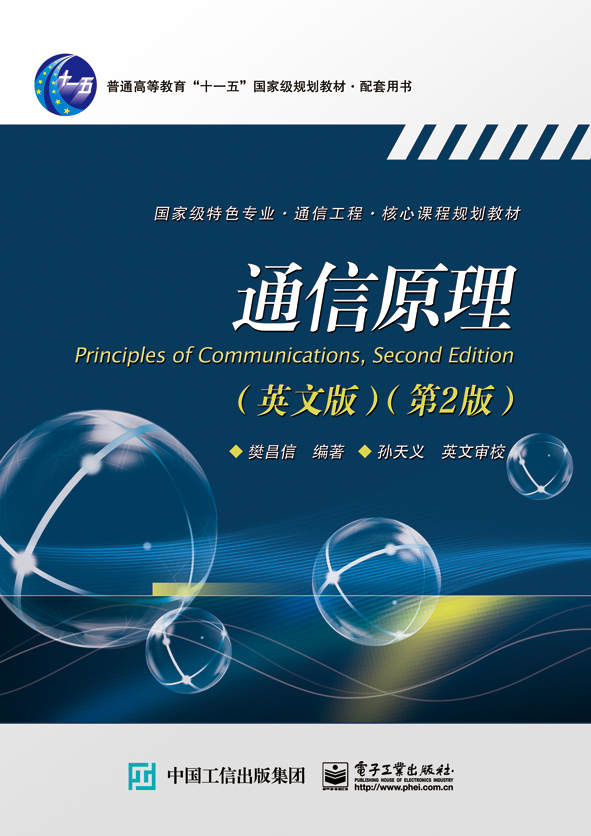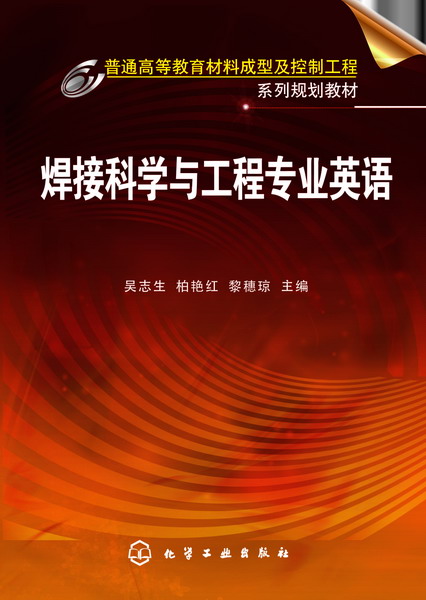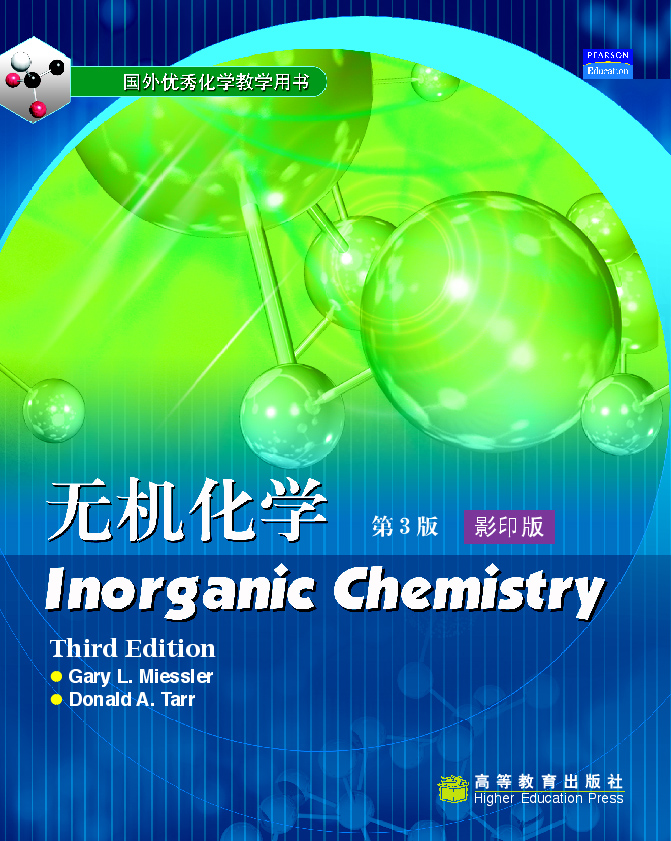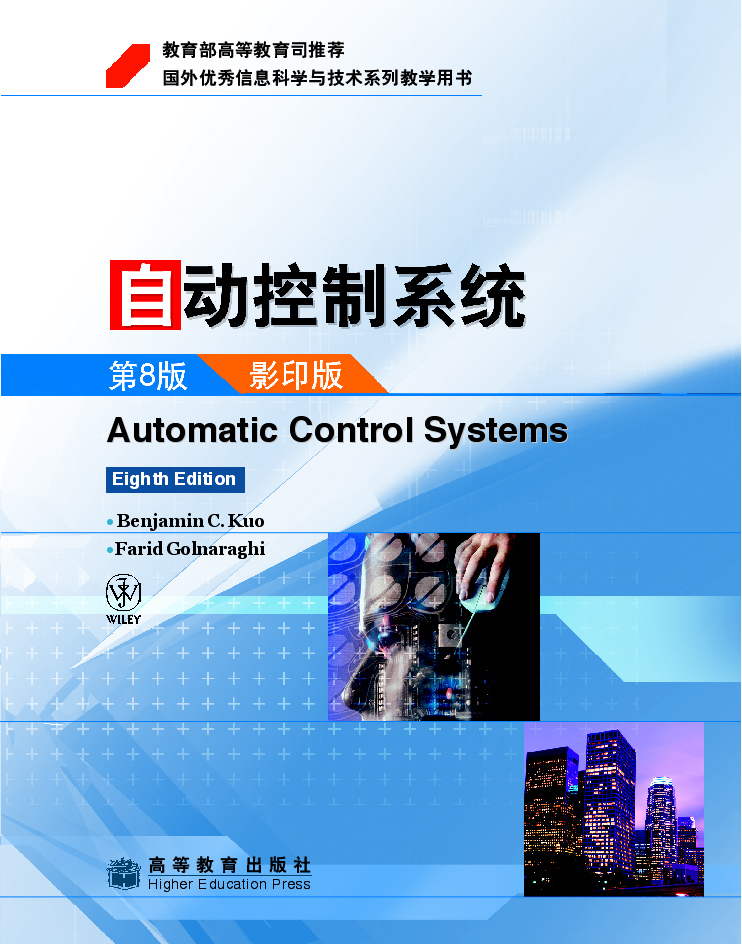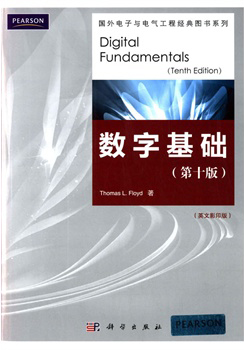- 化学工业出版社
- 9787122117588
- 1版
- 184863
- 60230206-9
- 16开
- 220
- ①TB3
- 材料类
- 本科
作者简介
内容简介
本教材是材料科学与工程导论的双语教材,以现行“材料科学与工程导论”课程标准为依据,结合中文教材,以国外原版教材做参考并根据国内的教学情况及材料科学研究的最新进展对教材内容进行适度的整合。全书共分9章,具体内容包括:绪论,固体材料的结构,常用工程材料(高分子材料、金属材料、陶瓷材料和复合材料)的结构、力学性能、成分、加工工艺以及应用前景,常用工程材料的化学性能(耐腐蚀性能)和物理性能(电、磁、热和光学性能)以及新型材料(生物材料、纳米材料和智能材料)的介绍等内容。
本教材可供大专院校材料科学与工程及相关专业师生使用,也可供从事材料科学与工程研究、开发及管理的人员参考。
本教材可供大专院校材料科学与工程及相关专业师生使用,也可供从事材料科学与工程研究、开发及管理的人员参考。
目录
Chapter 1Introduction1
Learning Objectives1
11Historical Perspective1
12What is Materials Science and Engineering?2
13Why Study Materials Science and Engineering?5
14Classification of Materials5
15Advanced Materials9
16Modern Materials’ Needs10
References11
Chapter 2The Structure of Crystalline Solids13
Learning Objectives13
21Atomic Structure and Interatomic Bonding13
211Fundamental Concepts14
212Bonding Forces and Energies14
213Atomic Bonding in Solids16
22Crystal Structures22
221Fundamental Concepts22
222Metallic Crystal Structures and Crystal Systems23
223Crystallographic Points,Directions,and Planes30
224Crystalline and Noncrystalline Materials37
23Imperfections in Solids40
231Point Defects in Metals40
232Dislocations—Linear Defects43
233Interfacial Defects44
234Bulk or Volume Defects46
References48
Chapter 3Polymer Materials49
Learning Objectives49
31Polymer Structures49
311Introduction49
312Fundamental Concepts49
313Polymer Molecules50
314Designation of Polymers50
315Commonly Used Polymers51
316The Chemistry of Polymer Molecules58
32Crystallization,Melting and Glass Transition Phenomena in Polymers65
33Mechanical Properties of Polymers66
331StressStrain Behavior67
332Macroscopic Deformation68
333Viscoelastic Deformation70
34Polymer Types71
341Plastics71
342Elastomers72
343Fibers73
344Miscellaneous Applications Coatings73
35Processing of Polymers74
351Polymerization75
352Polymer Additives76
353Forming Techniques for Plastics78
354Fabrication of Elastomers80
355Fabrication of Fibers and Films81
References84
Chapter 4Metallic Materials85
Learning Objectives85
41Mechanical Properties of Metals85
411Introduction85
412Tensile Test86
413Hardness Testing90
42Dislocations and Strengthening91
421The Role of Dislocations91
422Work Hardening93
423Grain Size Strengthening93
424Alloy Hardening94
43Failure96
431Introduction96
432Fundamentals of Fracture97
433Ductile Fracture97
434Brittle Fracture98
435Fracture Mechanics in Design99
436Fracture Toughness100
437Fatigue101
438Creep101
44Phase Diagrams and Phase Transformations in Metals102
441Introduction102
442Phase Diagrams103
443Phase Transformations107
45Applications and Processing of Metal Alloys108
451Introduction108
452Types of Metal Alloys109
453Fabrication of Metals113
454Thermal Processing of Metals115
References120
Chapter 5Ceramic Materials123
Learning Objectives123
51Structures and Properties of Ceramics123
511Introduction123
512Ceramic Structures123
513Mechanical Properties of Ceramics127
52Application and Processing of Ceramics129
521Types and Applications of Ceramics129
522Fabrication and Processing of Ceramics131
References136
Chapter 6Composite Materials137
Learning Objectives137
61Introduction137
62ParticleReinforced Composites138
621LargeParticle Composites139
622DispersionStrengthened Composites140
63FiberReinforced Composites140
631The Fiber Phase140
632The Matrix Phase141
64PolymerMatrix Composites142
641Glass FiberReinforced Polymer(GFRP)Composites142
642Carbon FiberReinforced Polymer(CFRP)Composites143
643Aramid FiberReinforced Polymer Composites143
65MetalMatrix Composites145
66CeramicMatrix Composites146
References149
Chapter 7Corrosion and Degradation of Materials150
Learning Objectives150
71Introduction150
72Corrosion of Metals150
721Electrochemical Considerations151
722Corrosion Rates153
723Passivity153
724Environmental Effects153
725Forms of Corrosion154
726Corrosion Environments158
727Corrosion Prevention159
73Corrosion of Ceramic Materials159
74Degradation of Polymers160
741Swelling and Dissolution160
742Bond Rupture160
743Weathering161
References163
Chapter 8Electrical/Thermal/Magnetic/Optical Properties of Materials164
Learning Objectives164
81Introduction165
82Electrical Properties of Materials165
821Metals and Alloys166
822Semiconductors167
823Ionic Ceramics and Polymers170
83Thermal Properties of Materials170
831Heat Capacity170
832Thermal Expansion171
833Thermal Conductivity172
834Thermal Stresses172
84Magnetic Properties of Materials174
841Diamagnetism,Paramagnetism and Ferromagnetism174
842Antiferromagnetism and Ferrimagnetism177
843The Influence of Temperature on Magnetic Behavior179
844Domains,Hysteresis and Magnetic Anisotropy179
845Superconductivity181
85Optical Properties of Materials186
851Interaction of Light with Matter186
852Atomic and Electronic Interactions187
853Refraction,Reflection,Absorption and Transmission190
854Opacity and Translucency in Insulators192
855Applications of Optical Phenomena192
References197
Chapter 9Biomaterials/Nanomaterials/Smart Materials198
Learning Objectives198
91Biomaterials198
911Definition of Biomaterials199
912Performance of Biomaterials202
913Brief Historical Background203
92Nanotechnology and Nanomaterials205
921Introduction205
922Examples of Current Achievements and Paradigm Shifts209
93Smart Materials214
931Introduction214
932Shape Memory Alloys215
933Applications of Smart Materials219
Reference220
Learning Objectives1
11Historical Perspective1
12What is Materials Science and Engineering?2
13Why Study Materials Science and Engineering?5
14Classification of Materials5
15Advanced Materials9
16Modern Materials’ Needs10
References11
Chapter 2The Structure of Crystalline Solids13
Learning Objectives13
21Atomic Structure and Interatomic Bonding13
211Fundamental Concepts14
212Bonding Forces and Energies14
213Atomic Bonding in Solids16
22Crystal Structures22
221Fundamental Concepts22
222Metallic Crystal Structures and Crystal Systems23
223Crystallographic Points,Directions,and Planes30
224Crystalline and Noncrystalline Materials37
23Imperfections in Solids40
231Point Defects in Metals40
232Dislocations—Linear Defects43
233Interfacial Defects44
234Bulk or Volume Defects46
References48
Chapter 3Polymer Materials49
Learning Objectives49
31Polymer Structures49
311Introduction49
312Fundamental Concepts49
313Polymer Molecules50
314Designation of Polymers50
315Commonly Used Polymers51
316The Chemistry of Polymer Molecules58
32Crystallization,Melting and Glass Transition Phenomena in Polymers65
33Mechanical Properties of Polymers66
331StressStrain Behavior67
332Macroscopic Deformation68
333Viscoelastic Deformation70
34Polymer Types71
341Plastics71
342Elastomers72
343Fibers73
344Miscellaneous Applications Coatings73
35Processing of Polymers74
351Polymerization75
352Polymer Additives76
353Forming Techniques for Plastics78
354Fabrication of Elastomers80
355Fabrication of Fibers and Films81
References84
Chapter 4Metallic Materials85
Learning Objectives85
41Mechanical Properties of Metals85
411Introduction85
412Tensile Test86
413Hardness Testing90
42Dislocations and Strengthening91
421The Role of Dislocations91
422Work Hardening93
423Grain Size Strengthening93
424Alloy Hardening94
43Failure96
431Introduction96
432Fundamentals of Fracture97
433Ductile Fracture97
434Brittle Fracture98
435Fracture Mechanics in Design99
436Fracture Toughness100
437Fatigue101
438Creep101
44Phase Diagrams and Phase Transformations in Metals102
441Introduction102
442Phase Diagrams103
443Phase Transformations107
45Applications and Processing of Metal Alloys108
451Introduction108
452Types of Metal Alloys109
453Fabrication of Metals113
454Thermal Processing of Metals115
References120
Chapter 5Ceramic Materials123
Learning Objectives123
51Structures and Properties of Ceramics123
511Introduction123
512Ceramic Structures123
513Mechanical Properties of Ceramics127
52Application and Processing of Ceramics129
521Types and Applications of Ceramics129
522Fabrication and Processing of Ceramics131
References136
Chapter 6Composite Materials137
Learning Objectives137
61Introduction137
62ParticleReinforced Composites138
621LargeParticle Composites139
622DispersionStrengthened Composites140
63FiberReinforced Composites140
631The Fiber Phase140
632The Matrix Phase141
64PolymerMatrix Composites142
641Glass FiberReinforced Polymer(GFRP)Composites142
642Carbon FiberReinforced Polymer(CFRP)Composites143
643Aramid FiberReinforced Polymer Composites143
65MetalMatrix Composites145
66CeramicMatrix Composites146
References149
Chapter 7Corrosion and Degradation of Materials150
Learning Objectives150
71Introduction150
72Corrosion of Metals150
721Electrochemical Considerations151
722Corrosion Rates153
723Passivity153
724Environmental Effects153
725Forms of Corrosion154
726Corrosion Environments158
727Corrosion Prevention159
73Corrosion of Ceramic Materials159
74Degradation of Polymers160
741Swelling and Dissolution160
742Bond Rupture160
743Weathering161
References163
Chapter 8Electrical/Thermal/Magnetic/Optical Properties of Materials164
Learning Objectives164
81Introduction165
82Electrical Properties of Materials165
821Metals and Alloys166
822Semiconductors167
823Ionic Ceramics and Polymers170
83Thermal Properties of Materials170
831Heat Capacity170
832Thermal Expansion171
833Thermal Conductivity172
834Thermal Stresses172
84Magnetic Properties of Materials174
841Diamagnetism,Paramagnetism and Ferromagnetism174
842Antiferromagnetism and Ferrimagnetism177
843The Influence of Temperature on Magnetic Behavior179
844Domains,Hysteresis and Magnetic Anisotropy179
845Superconductivity181
85Optical Properties of Materials186
851Interaction of Light with Matter186
852Atomic and Electronic Interactions187
853Refraction,Reflection,Absorption and Transmission190
854Opacity and Translucency in Insulators192
855Applications of Optical Phenomena192
References197
Chapter 9Biomaterials/Nanomaterials/Smart Materials198
Learning Objectives198
91Biomaterials198
911Definition of Biomaterials199
912Performance of Biomaterials202
913Brief Historical Background203
92Nanotechnology and Nanomaterials205
921Introduction205
922Examples of Current Achievements and Paradigm Shifts209
93Smart Materials214
931Introduction214
932Shape Memory Alloys215
933Applications of Smart Materials219
Reference220


